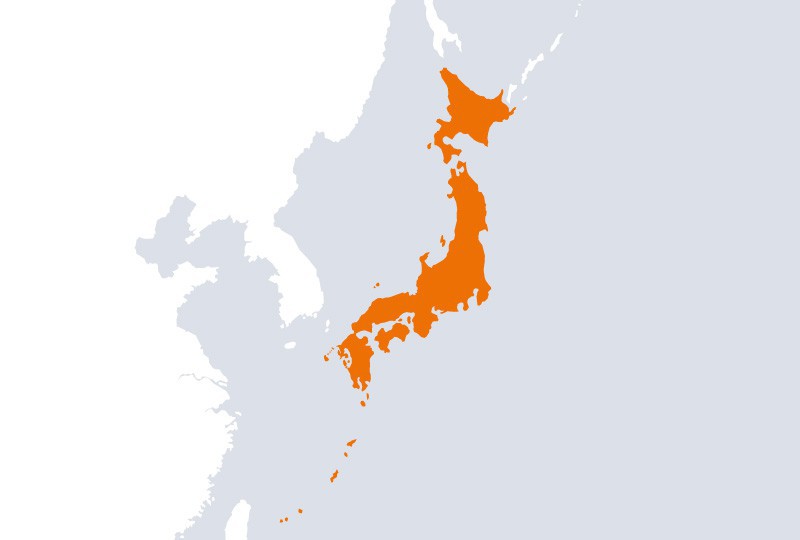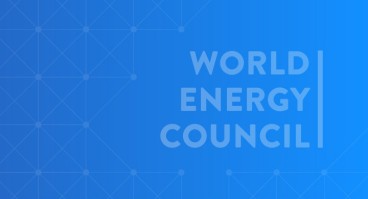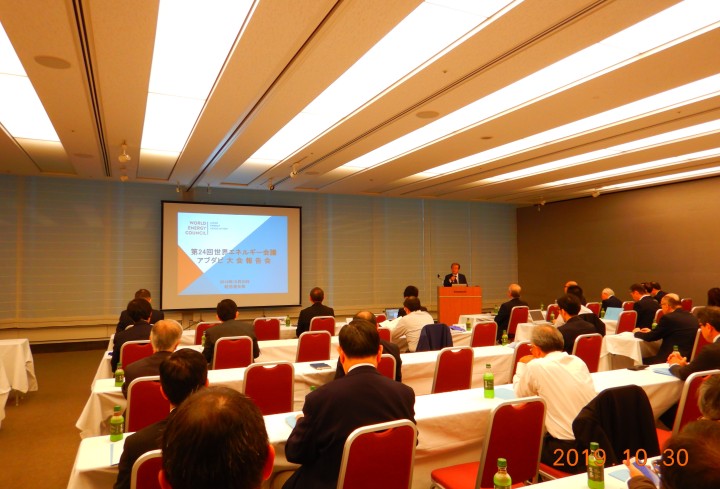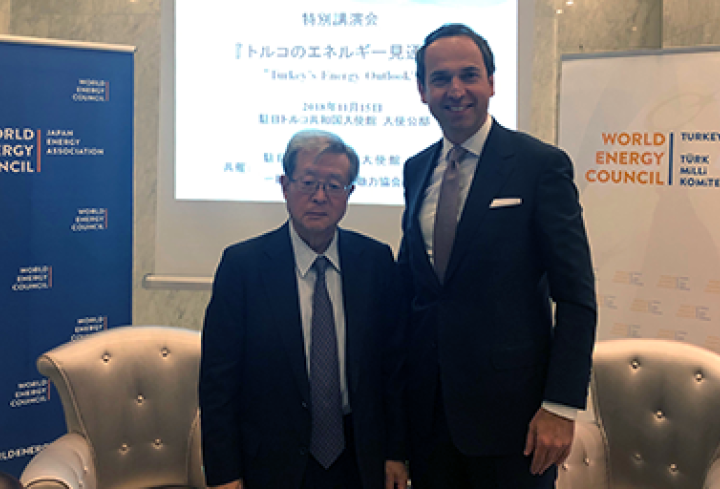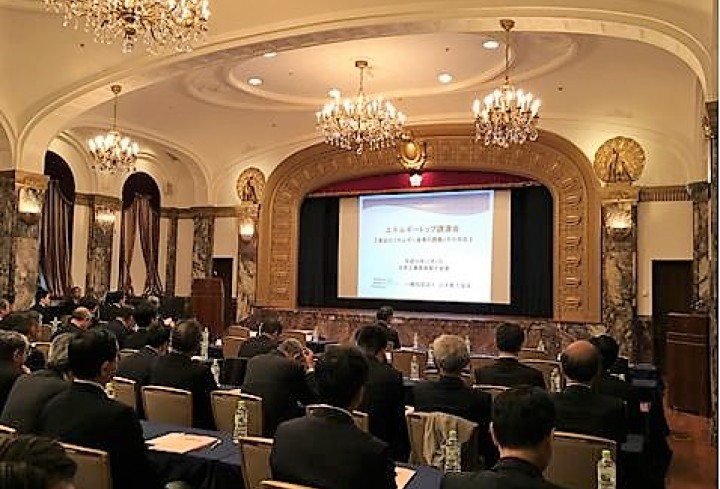Japan Power Association (JPA), the forerunner of current Japan Energy Association (JEA), was established in 1927 in response to the foundation of World Power Conference. JPA was dissolved in April, 1944, during World War II. In 1950, JPA was established as an incorporated organization, and a year later, in 1951 Japan rejoined the World Energy Council, and set up the Japanese Member Committee. JEA’s core activities include research on energy issues and gathering of information to promote more efficient energy use. Its goal is to contribute to the activities of all energy industries and energy-related stakeholders.
Naomi Hirose is the former president / CEO whose service at the Tokyo Electric Power Company (TEPCO) spans four decades.
He joined the company in 1976, having gained an appreciation for the energy industry following the 1973 Oil Shock, and worked in a number of management positions from 1992 to 2005, including corporate planning, sales, marketing, and customer relations.
Mr. Hirose became an executive officer in 2006, and in 2008, conceived and spearheaded a campaign promoting the economic and environmental benefits of electrification, called “Switch” that was a Japan-first. In 2010, he re-energized the company vision for global expansion.
Immediately after the 3.11 Fukushima Accident, Mr. Hirose dedicated himself to create the system for Nuclear Damage Compensation. After becoming President and CEO in 2012, he led the company in addressing a number of highly complex issues such as water management and decommissioning plans for the Fukushima Daiichi Nuclear Power Station, compensation for the accident and Fukushima revitalization, and keeping TEPCO competitive while facing the deregulation of Japan’s electricity market.
He left TEPCO in 2021, and currently serves as Chair of Japan Energy Association, i.e. World Energy Council Japanese Member Committee.
Mr. Hirose received his B.A. in Sociology from Hitotsubashi University in 1976, and his MBA from Yale School of Management in 1983.
Mr. Masaaki Hanaoka has been secretary general of WEC Japanese Member Committee since July 2020. He holds a Masters' degree in science and technology from the KEIO University, Tokyo, Japan. He graduated in 1987 and joined the Tokyo Electric Power Company that same year.
Energy in Japan
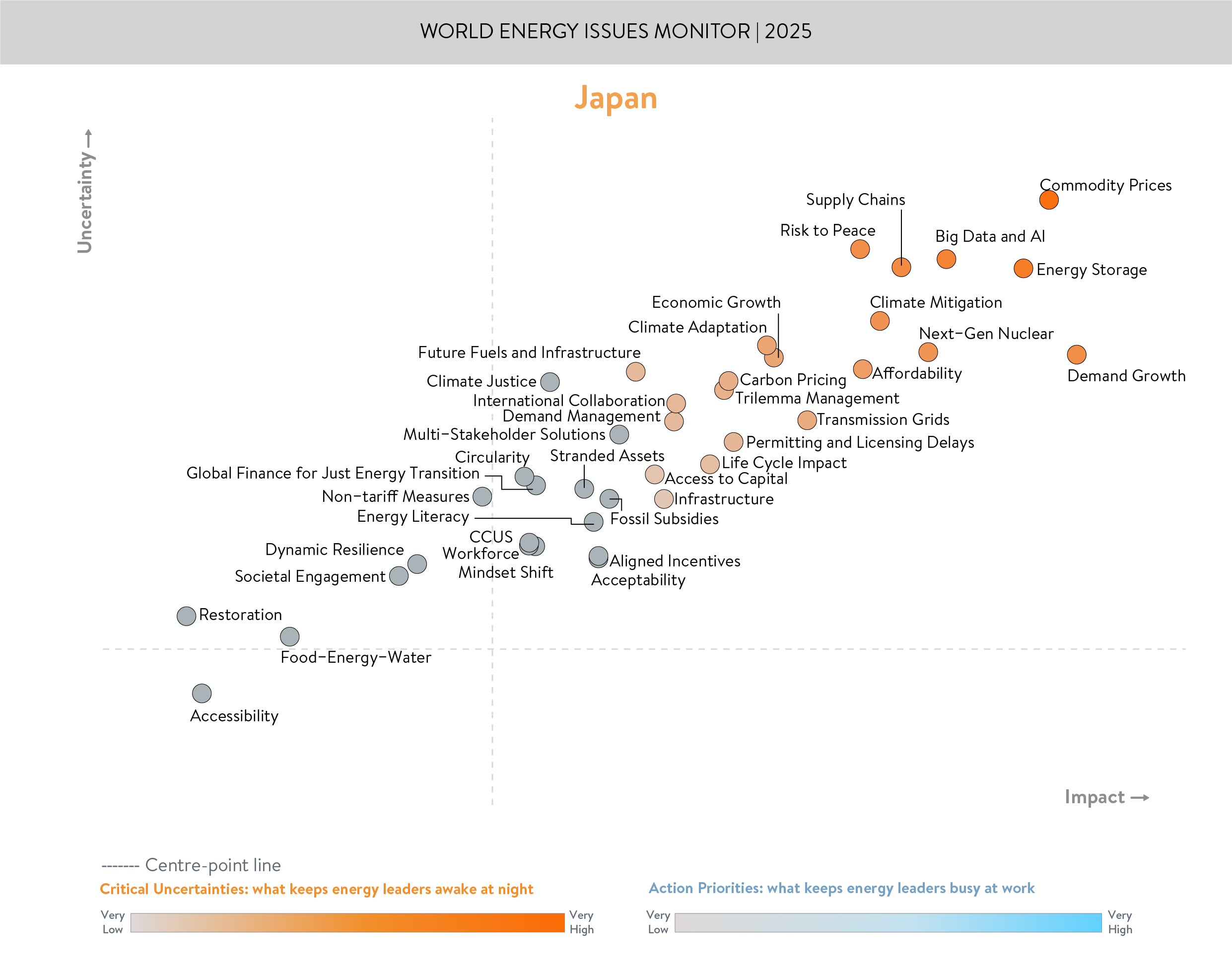
ENERGY ISSUES IN MOTION
Japan's energy landscape continues to evolve in response to global and domestic challenges. The 2025 Energy Issues Monitor highlights commodity prices as the top critical uncertainty, reflecting ongoing volatility in global energy markets and the impact of geopolitical events. Japan, as a resource-import-dependent nation, is particularly sensitive to fluctuations in commodity prices, which affect energy affordability and economic stability. The uncertainty surrounding this issue is heightened by supply chain disruptions and foreign exchange fluctuations.
This is driven by the rapid rise of AI technologies, the surge in data center installations, and large-scale expansion in memory and semiconductor production. Ensuring a stable energy supply while balancing sustainability and energy security is increasingly vital.
Since the last report, Japan has made several strategic shifts. A renewed focus on next-generation nuclear technologies and energy storage underscores efforts to boost energy security and reduce fossil fuel dependence. Heightened attention to climate mitigation also reflects Japan’s commitment to carbon neutrality by 2050. These developments are evident in the Japan Energy Issues Map, where nuclear innovation, carbon pricing, and grid modernization feature prominently.
FROM BLIND SPOTS TO BRIGHT SPOTS
Despite progress, certain blind spots remain in Japan’s energy transition. Circularity, workforce development, and multi-stakeholder collaboration are issues that, while important, do not receive the same level of prioritization. Addressing circularity could significantly enhance resource efficiency, while workforce development is critical to ensuring the next generation of energy professionals is equipped to manage new technologies. Multi-stakeholder collaboration is essential for achieving broad consensus on transition pathways but remains underutilized.
In contrast, Japan offers bright spots that can serve as models for other nations. The country’s approach to grid resilience and transmission infrastructure stands out, given its investment in upgrading energy networks to accommodate renewables and decentralized energy systems. Additionally, carbon pricing mechanisms and trilemma management strategies demonstrate how Japan is balancing energy security, sustainability, and affordability through well-coordinated policy interventions.
ADDRESSING CRITICAL UNCERTAINTIES TO BALANCE THE WORLD ENERGY TRILEMMA
Japan faces multiple uncertainties that impact the three pillars of the World Energy Trilemma: energy security, energy equity, and environmental sustainability.
- Energy Security: Supply chain risks, geopolitical uncertainties, and fuel price volatility challenge Japan’s ability to secure a stable energy supply. The focus on next-generation nuclear and energy storage is a direct response to these concerns, aimed at diversifying energy sources, reducing dependence on imports, and strengthening domestic energy resilience.
- Energy Equity: The affordability of energy remains a pressing issue, particularly in the context of rising commodity prices. Carbon pricing and affordability concerns are being actively debated, with policymakers striving to balance climate goals with equitable access to energy.
- Environmental Sustainability: Climate mitigation efforts are accelerating, but challenges persist in phasing out fossil fuels. The role of carbon capture, utilization, and storage (CCUS) and hydrogen development, alongside renewable energy adoption, will be critical in ensuring that Japan meets its net-zero commitments.
Key issues such as risk to peace, supply chain vulnerabilities, and fossil fuel subsidies further complicate Japan’s Energy Trilemma. Addressing these uncertainties requires continued investment in technology, market reforms, and international cooperation.
Driving Japan’s Energy Transition
To achieve more sustainable reductions in energy costs, it is essential to diversify energy sources, fully leverage existing infrastructure - including nuclear power - and implement demand-side reforms, particularly in response to the growing energy consumption driven by AI and data centers.
Additionally, Japan has been advancing the Watt-Bit Strategy, which integrates digital technologies with energy systems to optimize efficiency and demand response. This initiative leverages AI, IoT, and blockchain technologies to enhance grid management, stabilize energy supply, and facilitate peer-to-peer energy transactions. By fostering real-time data exchange between power generation and consumption, the Watt-Bit Collaboration is expected to improve energy resilience, support renewable integration, and enable more precise energy forecasting. This approach aligns with Japan’s broader digital transformation efforts, ensuring that its energy sector remains adaptive and future-ready.
Moving forward, Japan must navigate these challenges by leveraging its strengths in innovation and policy coordination while addressing the gaps that could hinder a smooth energy transition. The 2025 Energy Issues Monitor provides a roadmap for identifying priorities and ensuring that Japan remains a leader in sustainable and secure energy management. The continued integration of renewable energy, efficiency improvements, and strategic subsidies will be key in maintaining Japan’s energy resilience amid evolving global dynamics.
Acknowledgements
Japan Member Committee
Downloads

Japan World Energy Issues Monitor 2025 Country Commentary
Download PDF
World Energy Issues Monitor 2025
Download PDF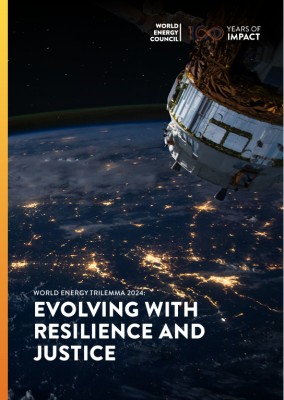
Japan World Energy Trilemma Country Profile
Download PDF

